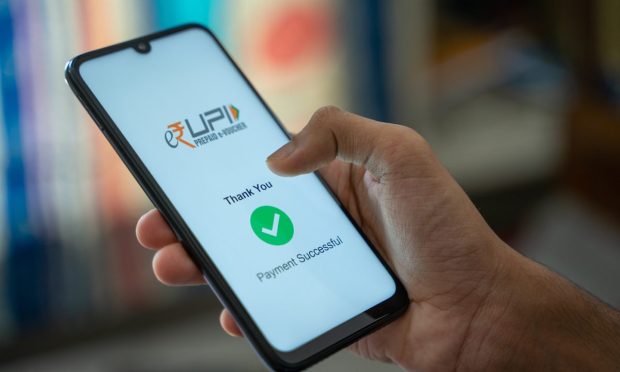India’s UPI Platform Logs Record $100B in Transactions

The National Payments Corporation of India (NPCI)’s flagship payments platform has crossed the $100 billion mark.
The platform announced this week that its Unified Payments Interface (UPI) recorded 4.2 billion transactions in October, amounting to around $103 billion, a record high on both accounts.
According to NPCI, this growth was fueled by an uptick in shopping that coincides with the start of India’s festival season, as well as eCommerce sales. In addition, a boost in vaccination rates and a loosening of COVID restrictions saw more people venturing out to do their shopping in October.
The UPI was launched in 2016 and first crossed the one billion transaction mark in October of 2019. Since the beginning of this year, the monthly transaction value on the platform has increased by almost 79%, with the number of transactions rising by more than 83%.
Read more: UPI Reports Over 3B Transactions in July as Digital Payments Increase
In August, the UPI reported another record: 3.24 billion transactions processed in August, a 15.7% increase from June, when the platform recorded 2.8 billion transactions. The second wave of COVID during the spring led to a blip in payments on the UPI, which then rallied when the economy began to reopen, causing payments to surge once more.
Read more: India’s Digital Efforts, Payments Poised to ‘Break Out’
Earlier this year, the NPCI reported that about a third of all households in India were using digital payments, but noted that the figure could easily jump to more than 50%.
“While one of two of India’s richest 20% households use digital payments, as many as one out of four households in the poorest 40% also use it,” the NCPI report said.
According to the NCPI, “effective training and education” will lead 54% of Indian households (about 151 million) to become digital payment users. Of that number, 55 million will come from the poorest 40% of the country, 61 million from the middle class and just 36 million from India’s richest 20%.
